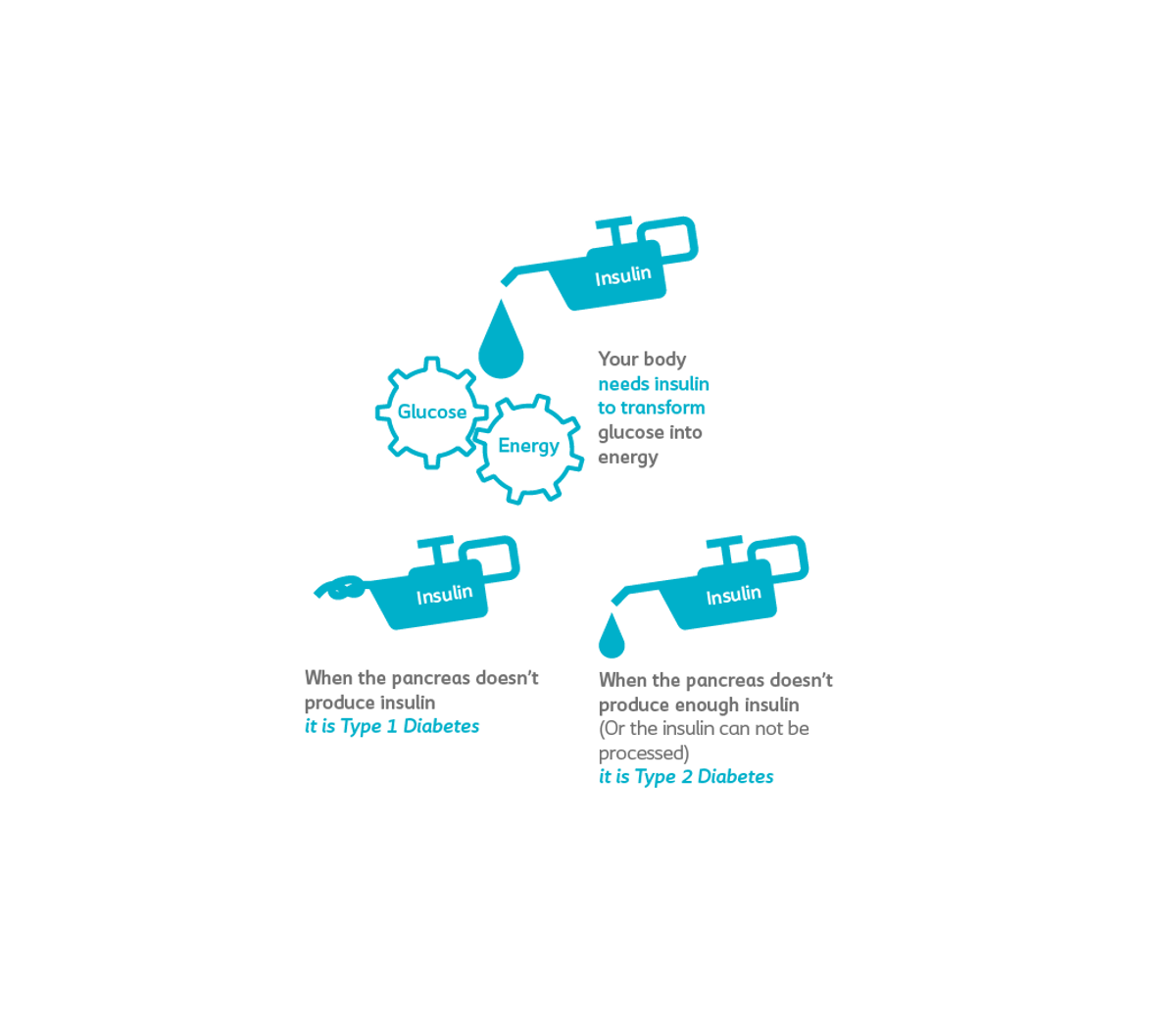Get full access with a free account
Benefits of the Coloplast® Professional Educational platform
- Get full access to all educational content, events and resources
- Track your progress
- Share content with your collegues
- Share supporting material with your patient
In this section, you’ll learn about:
What is diabetes?

There are two types of diabetes:
- Type 1 diabetes: When the pancreas doesn’t produce insulin. Type 1 is usually diagnosed in children and young adults.2
- Type 2 diabetes: When the pancreas doesn’t produce enough insulin or doesn’t use it well. This type of diabetes occurs most often in middle-aged and older people, and is increasing in most countries.2, 3 Diabetic foot disease is men with type 2 diabetes.3
What are the effects of diabetes?
Diabetes can lead to complications in various organs and tissues. These include:1,3
- retinopathy (i.e. damage to eyes)
- cardiovascular disease (e.g. stroke, peripheral artery damage, heart attack)
- nephropathy (i.e. kidney damage)
- neuropathy (i.e. nerve damage and, as a result, amputation of lower limbs or parts of lower limbs)
Diabetes and its complications are rapidly becoming the world’s most significant cause of morbidity and mortality.1
To find out more about how neuropathy can lead to amputation, read about Diabetic foot ulcers here.
Did you know?
It’s predicted that by 2045, there will be over 629 million people with diabetes in the world. Almost half of this number will be undiagnosed.1, 2.
